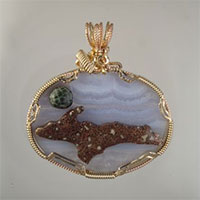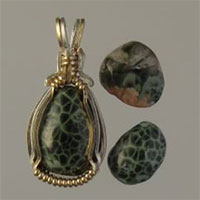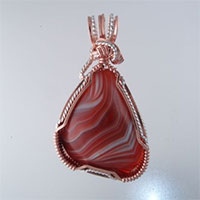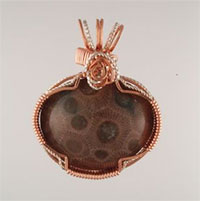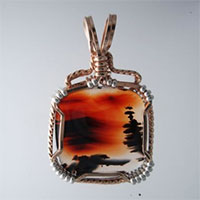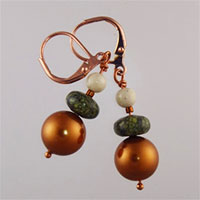Unakite is a wonderful, quite common, rock comprised of Pink Orthoclase (Feldspar) and Green Epidote, magnetite, chromite, ilmenite, apatite, zircon, and other minerals. If I see Unakite, I always pick it up because it is so irresistible. Something about the Pistachio Green and the Pink Orthoclase that makes it irresistible.
Feldspar is divided into two groups: 1. Orthoclase Feldpar contains Potassium, while 2. Plagioclase Feldspar contains Calcium and Sodium. Sounds like things that would be healthy to eat. I suppose you could try it IF you have a good dentist.
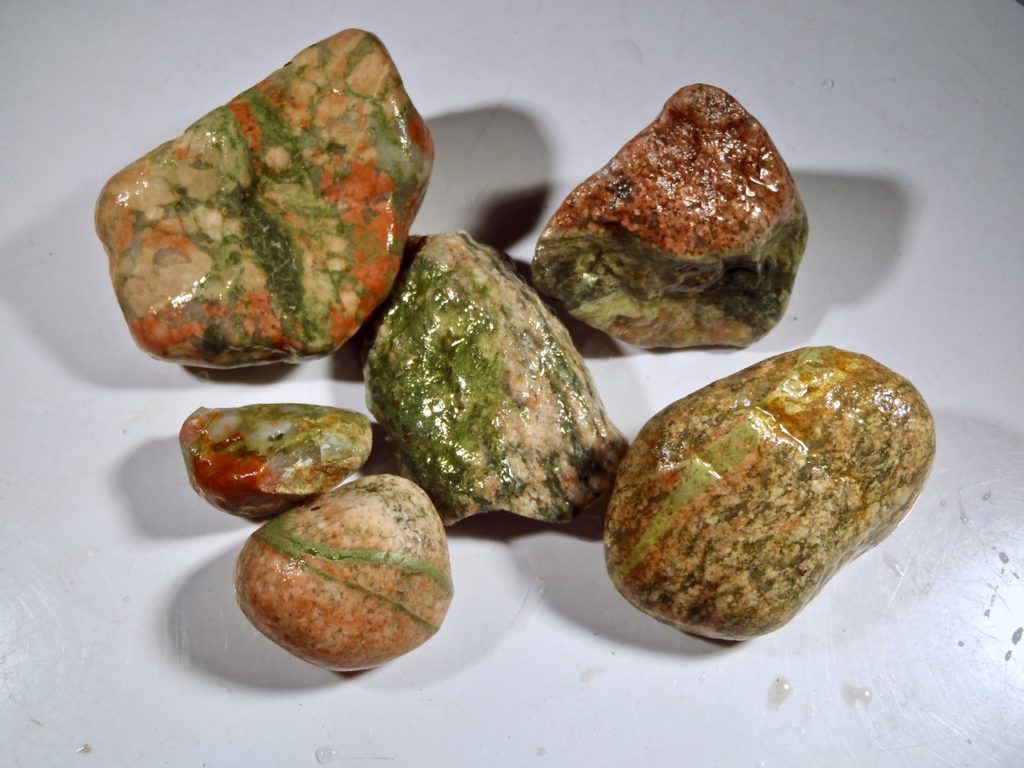

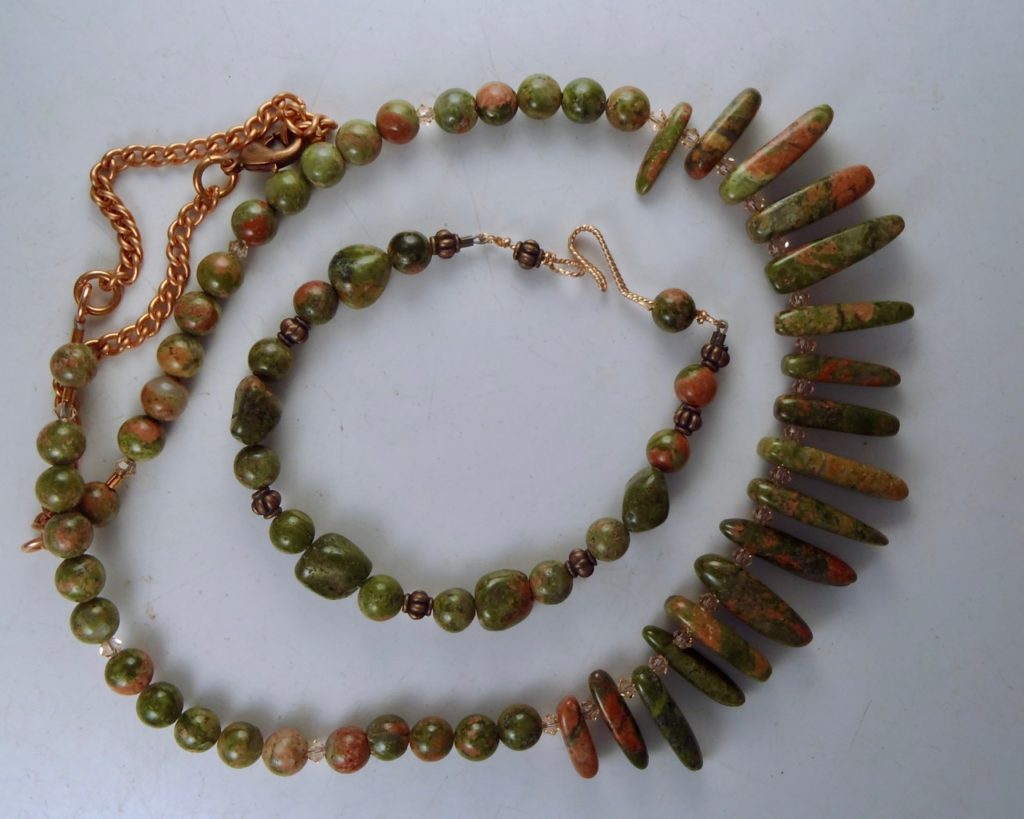
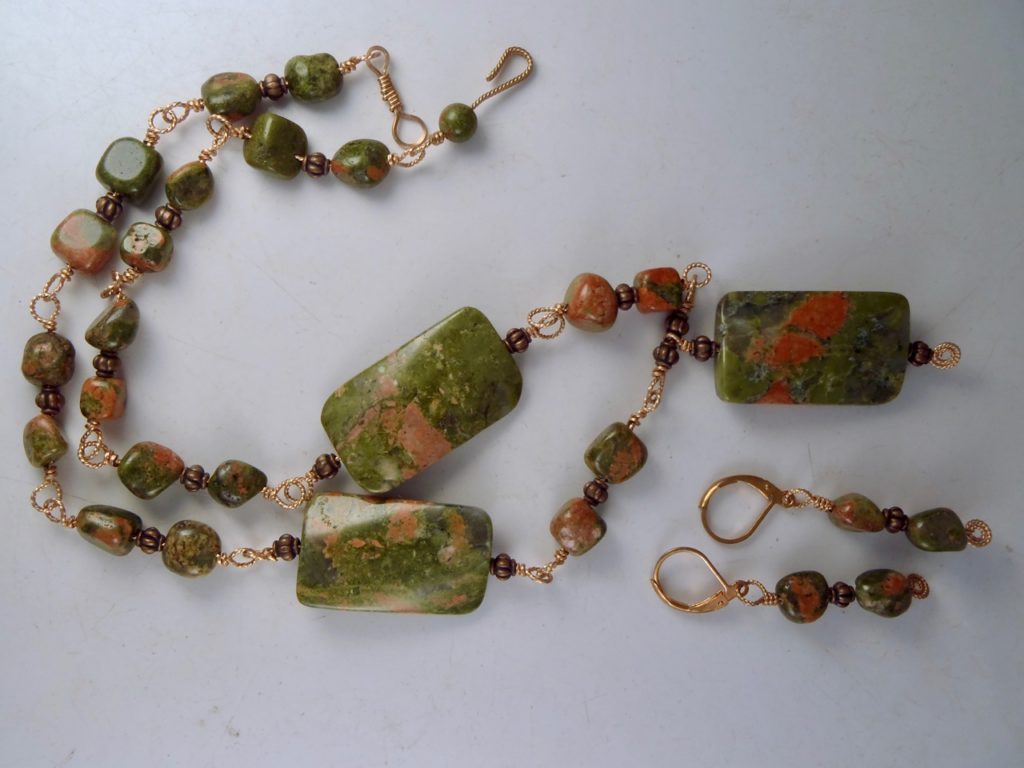
Unakite is a rock used for jewelry, carvings, beads, headstones, sinks, and many other things.
TRIVIA ALERT: Unakite is sometimes used as an architectural and decorative stone. Slabs of unakite are used as flooring tiles, facing stone, stair treads, and windowsills. Its most prominent use is as a trimming to the front steps of the Smithsonian National Museum of Natural History in Washington, D.C. It is also used as floor tiles on a landing at the south entrance.
Unakite has a MOHs hardness of around 6, so it is a sturdy rock for any use (except eating). Bonnie likes a few larger pieces in her rock gardens.
Bonnie has suggested, in the past, that I write a blog about Unakite. Whether we are rockhounding in the Upper Peninsula, or locally, we always find Unakite. It deserved to be featured.
I generally do not write boring, complicated, detailed, scientific explanations of how rocks are formed, but you should know that Metamorphic rocks, like Unakite) were formed by heat and pressure converting one mineral into another. You can read enough about these types of rocks to totally fill your brain, and explode out your ears. There are actually educated people that do nothing but study types of Feldspar.
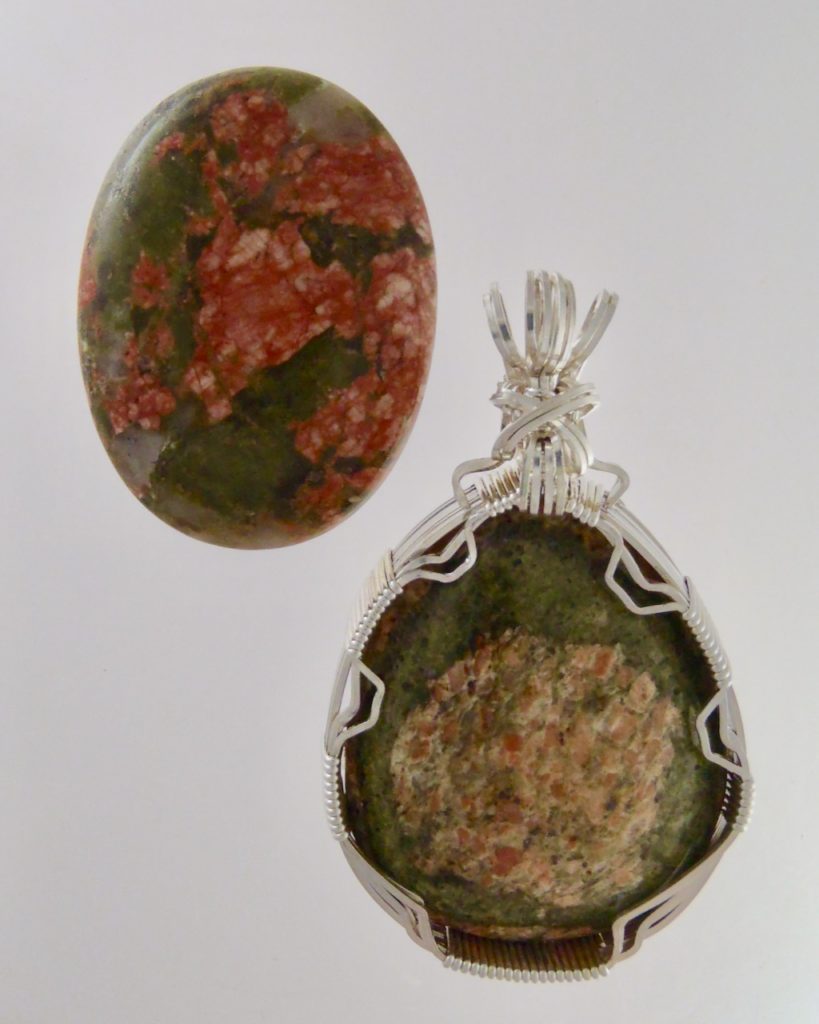
Orthoclase is in the Potassium Feldspar Group of Feldspars (as I previously mentioned). Other materials I use for jewelry from this group include Albite, Amazonite, Moonstone, and Labradorite. In the Upper Peninsula some rocks contain a Feldspar called Adularia. Chlorastrolite (Greenstone) sometimes contain this orange/pink Adularia.
Enough of this scientific trivia; lets talk about my latest creation.
During one of our recent rockhounding trips, I picked up assorted Unakite rocks, from dirt roads that we sometimes hunt. One of the Unakite stones I plucked had an Epidote “bullseye” on it. Never in 40 years of hunting rocks, have I seen such a pattern. That rock was thrown into a bucket and later sorted.
Sorting, after hunts in NW Michigan, involves separating out the Petoskey Stones by quality, and all the other random rocks by whether I want to make jewelry from them, put them in grab bags, or throw them into the driveway. That bullseye rock was dumped in the “do something with this container”, and promptly forgotten. This was perhaps a couple months ago.
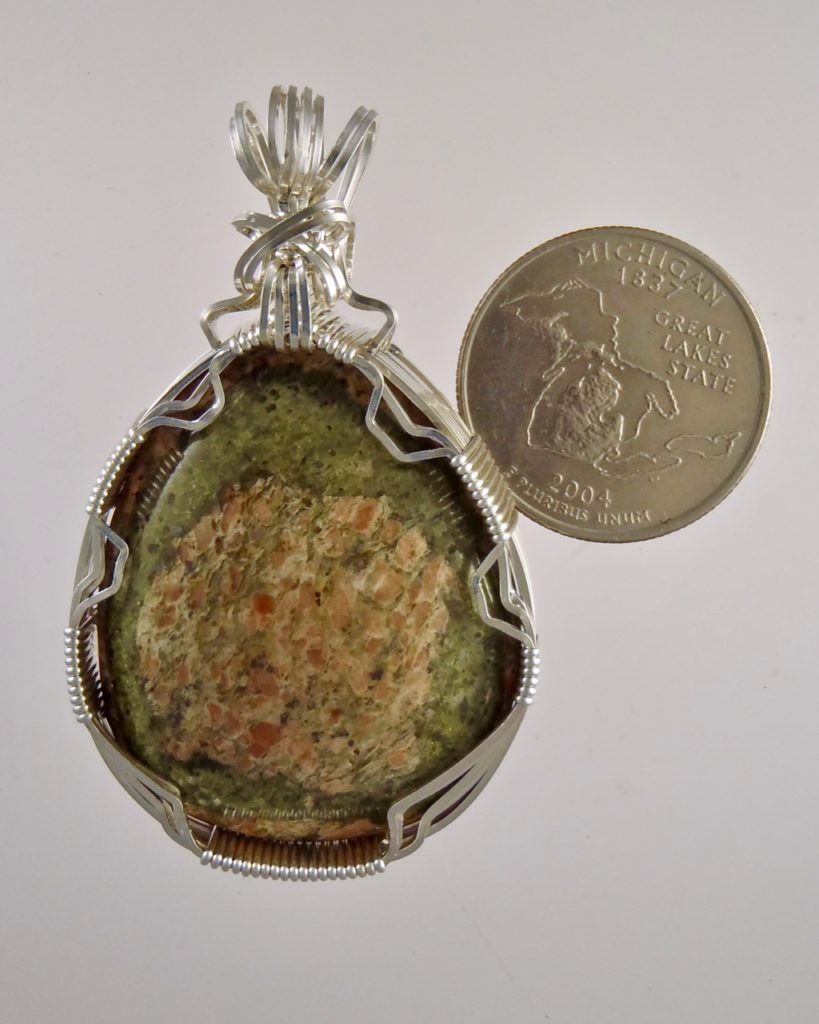
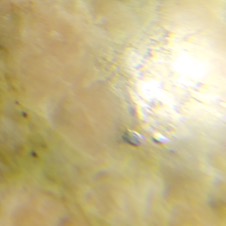
I looked down yesterday and noticed that “Bullseye” looking at me from a container under my workbench. I swear, that rock was ordering me to do something with it. So I cut out the bullseye, and used it as a base for cutting a cabochon. As I looked at the polished cab, I also see it is sprinkled with a metallic silver-colored mineral, that I will have to look at later under a microscope. If you are fairly sure what these little bits of metal are, let me know.
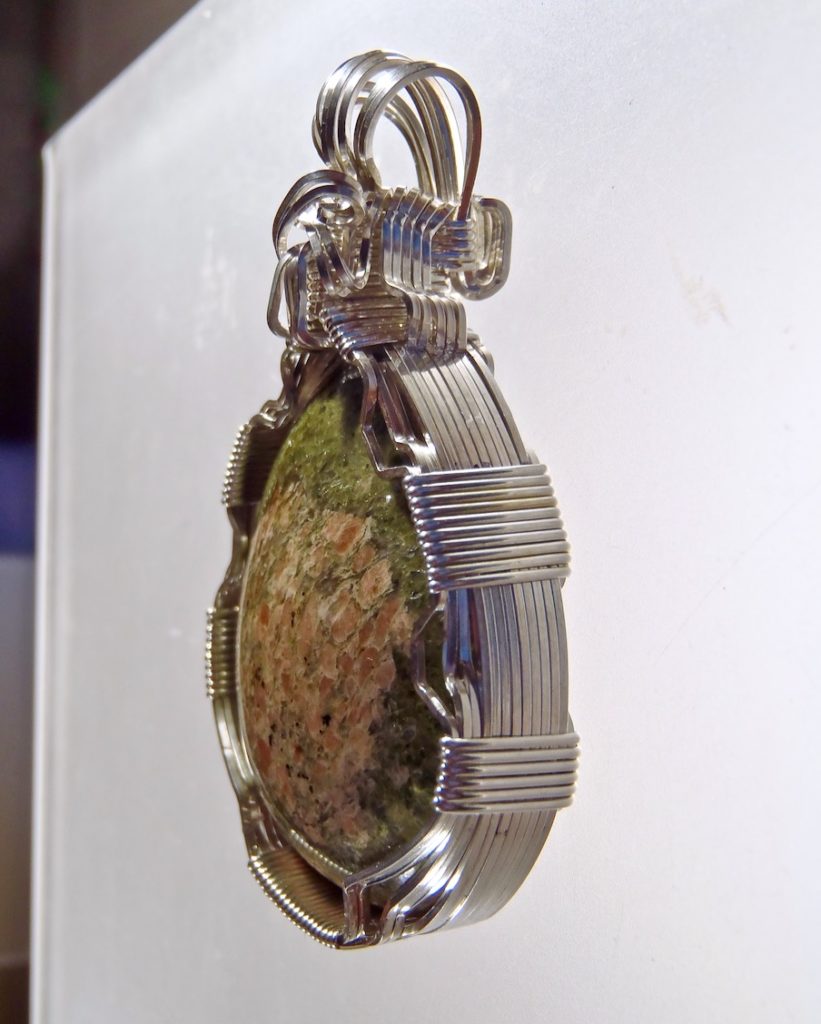
I brought that Unakite right up to the house, and wrapped it up into a sharp piece of jewelry. To say this piece of jewelry is “Eye Catching” would be an understatement. Eye candy with an eye in it. I have named this piece of jewelry…don’t be shocked..”EYE CATCHING”. Check this one-of-a-kind Unakite out!
Check out our Michigan Pendants!


